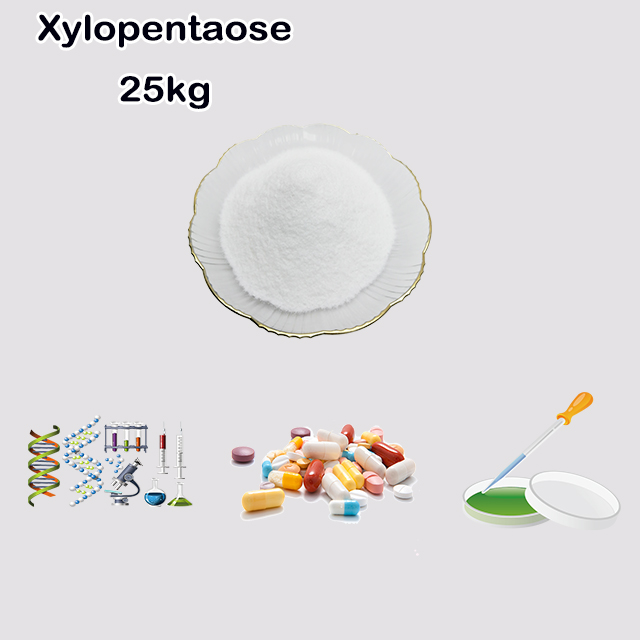
Search

Search

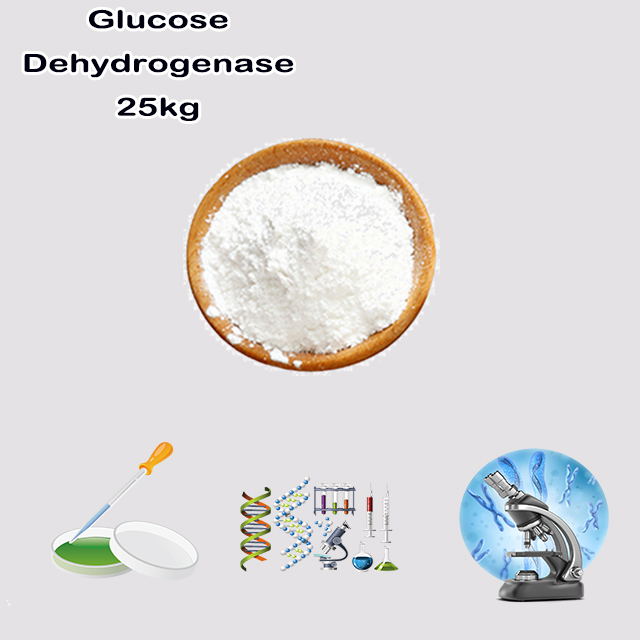
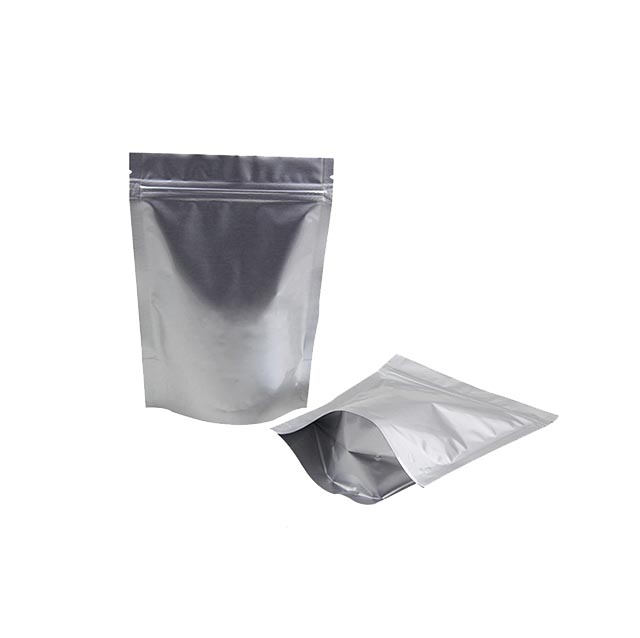
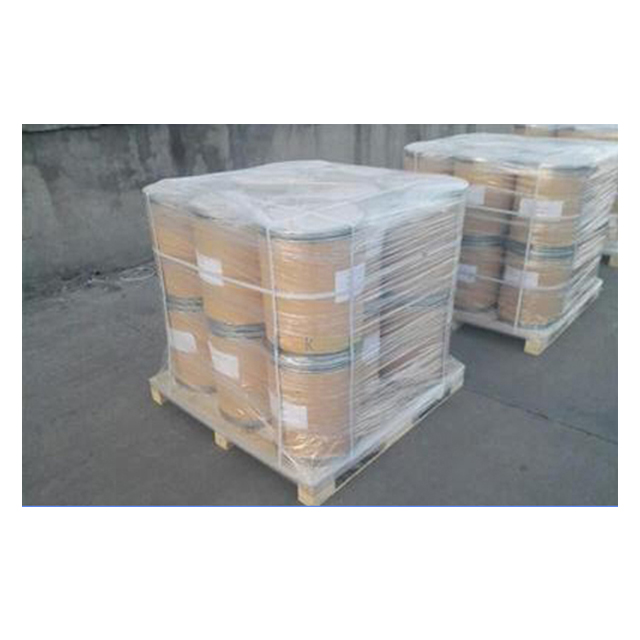

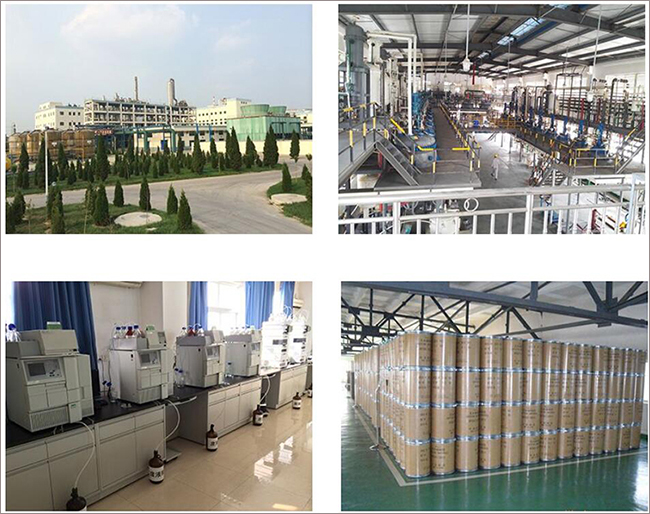





Here's a concise summary of Glucose Dehydrogenase (GDH):
Chemical Role
Oxidoreductase enzyme (EC 1.1.1.47/1.1.5.9) catalyzing:
β-D-Glucose + NAD⁺/PQQ → D-Glucono-δ-lactone + NADH/PQQH₂
Key Features
Oxygen-Independent: Unaffected by O₂ (vs. glucose oxidase).
Cofactors: Uses NAD⁺, NADP⁺, or PQQ (bacterial).
Thermostable: Retains activity up to 60°C (Bacillus sources).
Primary Applications
Blood Glucose Meters: PQQ-GDH in test strips (e.g., FreeStyle®).
Biocatalysis: Regenerates NADPH for drug synthesis.
Biofuel Cells: Glucose-powered energy generation.
Limitation:
PQQ-GDH cross-reacts with maltose → avoided in clinical settings.
Suppliers: Sigma-Aldrich, Toyobo (recombinant forms).
Glucose Dehydrogenase (GDH) is an oxidoreductase enzyme that catalyzes the oxidation of β-D-glucose to D-glucono-1,5-lactone, using cofactors like NAD⁺, NADP⁺, or PQQ (pyrroloquinoline quinone). Here's a concise chemical profile:
| Property | Description |
|---|---|
| EC Number | EC 1.1.1.47 (NAD⁺-dependent) EC 1.1.5.9 (PQQ-dependent) |
| Reaction | β-D-Glucose + NAD(P)⁺ → D-Glucono-1,5-lactone + NAD(P)H + H⁺ |
| Cofactors | NAD⁺, NADP⁺ (common in microbes) PQQ (in bacterial enzymes, e.g., Acinetobacter) |
| Structure | Tetramer (NAD-GDH) or monomer (PQQ-GDH); molecular weight ~50-180 kDa |
Oxygen-Independent: Unlike glucose oxidase (GOx), GDH activity is unaffected by O₂ levels.
Thermostable: Bacterial GDH (e.g., from Bacillus) retains activity up to 60°C.
Broad Specificity: Recognizes glucose analogs (e.g., 2-deoxy-D-glucose).
| Field | Use Case |
|---|---|
| Medical Diagnostics | Blood glucose test strips (e.g., FreeStyle Libre®) – PQQ-GDH avoids O₂ interference. |
| Biocatalysis | NADPH regeneration for synthesis of chiral drugs, vitamins, and fine chemicals. |
| Biofuel Cells | Glucose-powered anodes in implantable devices. |
| Food Industry | Glucose monitoring in fermentation processes. |
Cross-Reactivity:
PQQ-GDH reacts with maltose/galactose → false positives in glucose tests (banned in hospital settings).
Cofactor Cost: NAD⁺-dependent GDH requires expensive cofactor recycling systems.
Recombinant Expression: E. coli or Bacillus subtilis systems (e.g., Toyobo’s NAD-GDH).
Suppliers: Sigma-Aldrich (lyophilized powder, ≥100 U/mg), Sekisui Diagnostics (PQQ-GDH for biosensors).
Trend: Engineered FAD-dependent GDH (e.g., from Aspergillus) now combines O₂-insensitivity with strict glucose specificity.
Why It Matters: GDH’s oxygen tolerance and coflexibility make it indispensable for accurate glucose sensing and sustainable biomanufacturing.

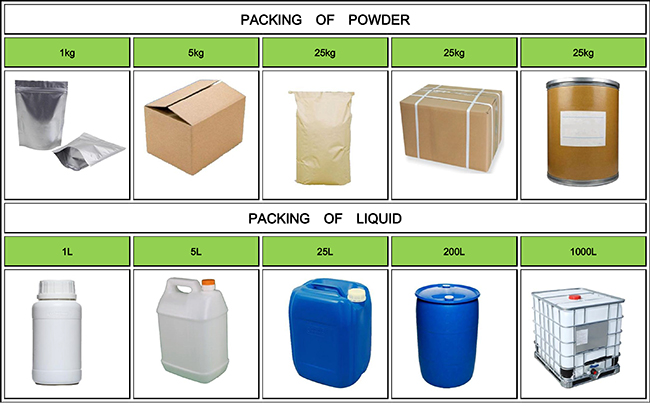


Fortunachem Provides Not Only Professional Chemical Products But Also Professional Help
Keeping you up-to-date with all the latest information, news, and events about Fortunachem!

Quick Links
Add:
E-mail:
 English
English  Español
Español  français
français  العربية
العربية 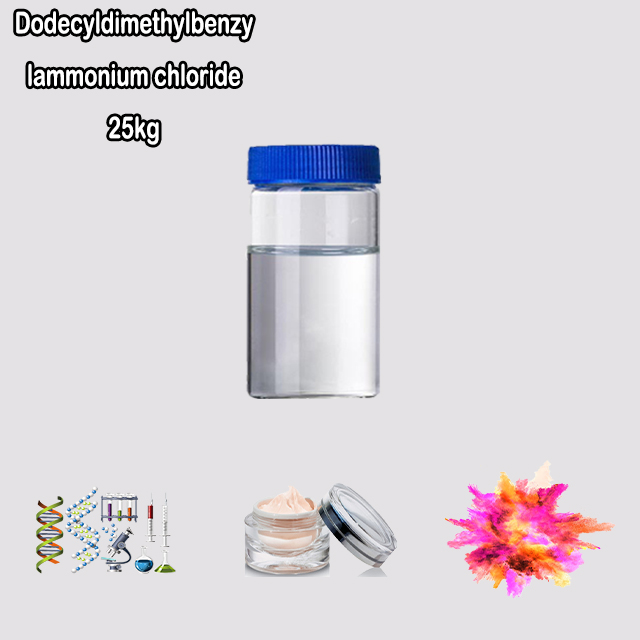
主图.jpg)
